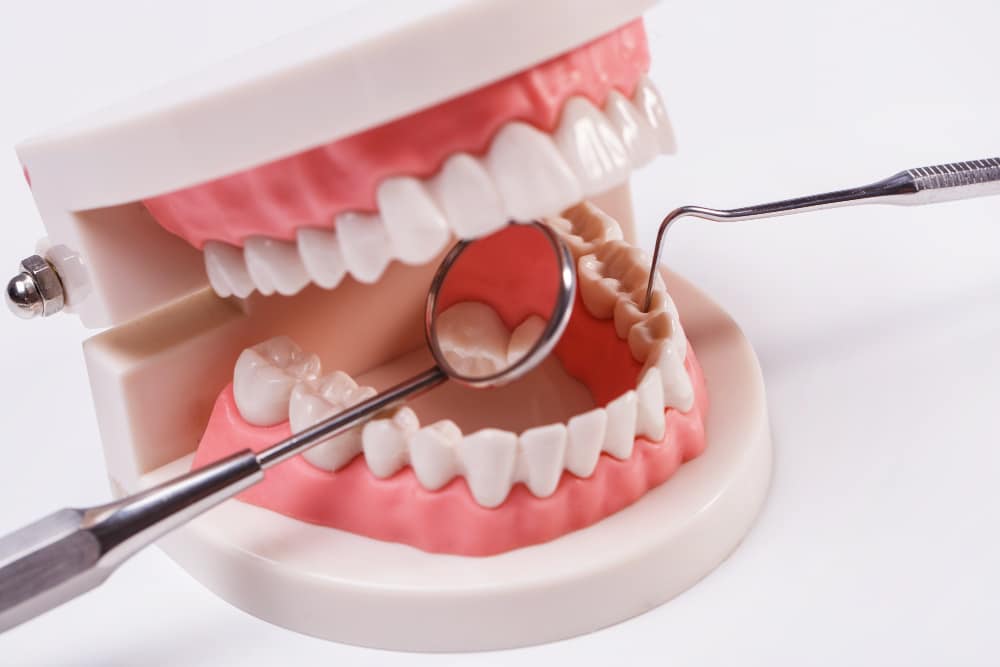
OUR SERVICES
The Root Canal Procedure

Before we begin your root canal, we’ll completely numb the area around your tooth so the most you’ll feel is slight pressure while we work. Then, we’ll make a small hole in the top of your tooth that acts as an entry point. Through this opening, Dr. Kherani will remove any damaged or infected pulp he finds inside your tooth’s canals. Once your tooth is properly cleaned out and disinfected, we’ll seal it with a tooth-colored filling and a dental crown for additional protection.
Why Are Root Canals Performed?
The Greek word for inside (“endo”) and tooth (“odont”) combine to form endodontic. Root canal therapy is an endodontic procedure, meaning it is performed on the interior, or pulp, of the tooth. This is done when the pulp is damaged or diseased. The pulp is removed, while the structure of the tooth is preserved.
Caring For Your Teeth After a Root Canal
Root canal therapy will necessitate a few days of recovery, during which time you can follow your normal dental care routine, but you should be gentle with your teeth. Avoid hard foods and cut back on sugary or acidic beverages.
It is normal to feel some pain or discomfort following the procedure, but most patients find that simple acetaminophen or ibuprofen offers relief. If they do not, or if the pain seems excessive, contact your dental professional.
Every year in Canada, root canal therapy is performed more than one million times. This common, but sometimes misunderstood procedure, is performed to save damaged or diseased teeth and maintain smiles.



